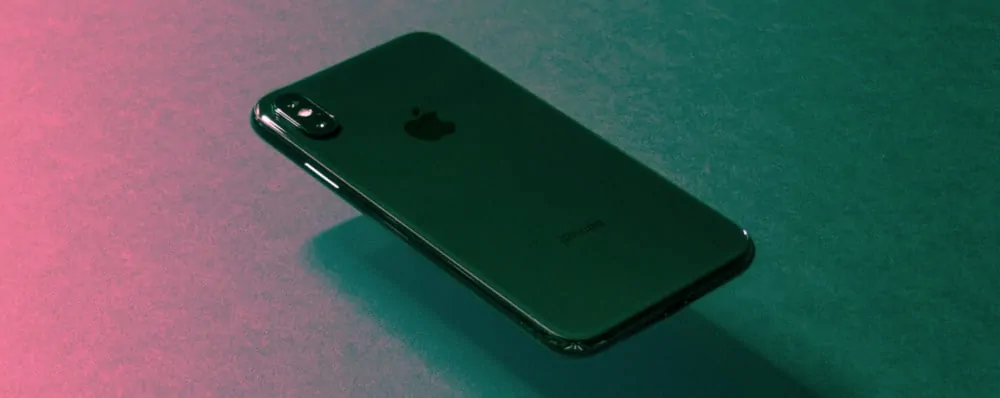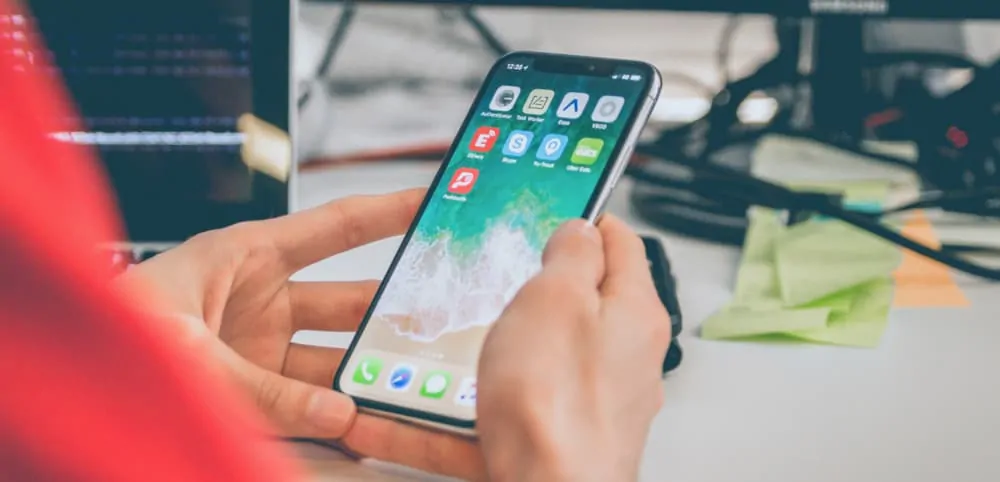Restore iPhone? Reset iPhone? What’s the difference? Glad you asked because there IS a difference – and it pays to know how these two settings work…
I often get asked what the difference is between restoring and iPhone and resetting an iPhone.
I’ve also seen a lot of people seriously mess up their iPhones because they chose the wrong method and/or didn’t follow all the appropriate steps correctly.
So, whatever the reason you want to restore/reset your iPhone (or iPad), it is worth noting the differences between the two types of methods; how they’re performed; and, importantly, the end result of each operation.
MORE: Best iPhone Guide For Savvy Shoppers (UPDATED)
Let’s be clear, here: there IS a difference between the two and not knowing what each does can seriously mess up your phone and its contents.
No one wants to lose important pictures and memories.
Ditto music and game progress.
In this guide, we explore what the difference is between a restore and a reset on an iPhone, in what instances you should use it, and the steps to follow when you do so.
Reset vs Restore iPhone – What’s The Difference?

Resetting your iPhone is the “lighter” version of formatting your device back to factory settings. A reset can be done directly on the iPhone itself, right in the Settings app, and doesn’t need to be connected to iTunes on a Mac or PC to complete.
When resetting your iPhone you have the option of resetting all the settings on the device to factory default or just the network, keyboard dictionary, home screen layout, or location and privacy settings.
RELATED: How To Reset An Android Phone: The Complete Guide…
These settings are the preferences that make your iPhone yours: network passwords, icon arrangement, system and app settings, and the like.
Restoring your iPhone is the “nuclear” version of formatting your device back to factory settings. A restore will wipe everything from your iPhone–settings, apps, the OS, and even the firmware itself. If you want the iPhone to be as close to the way it was when you first opened it from the box you want to restore it.
When You Should Reset Your iPhone vs When You Should Restore Your iPhone

Generally, you want to reset your iPhone whenever you are having simple problems with it: it doesn’t join networks it should; you’ve lost control over icon arrangement; your privacy or location settings are a jumbled mess. Resetting your iPhone resets some or all (depending on what you choose) of the preferences from your iPhone, which can help resolve bugs or odd behavior on your device.
You want to restore your iPhone if you are selling or giving it away or you are having massive problems with it. Restoring your iPhone will obliterate everything on the device, erasing not only all your data but the existing OS and firmware from the device. After a restore, the latest clean version of iOS will be installed or you can reinstall a backup you made.
- How to Reset Your iPhone
- Tap the Settings app.
- Tap General.
- Scroll all the way to the bottom of the screen and tap Reset.
On the next screen, you’ll see six options. Select one of the following:
- Tap Reset All Setting to reset all settings (network, keyboard dictionary, home screen layout, and location & privacy settings, etc) back to default.
- Tap Erase All Content and Settings to reset all setting back to default and also erase all your personal content (emails, photos, movies, etc) on the iPhone.
- Tap Reset Network Settings to reset all your network settings to default (this will erase all network passwords).
- Tap Reset Keyboard Dictionary to reset the custom dictionary you’ve built up over time by using the iPhone’s typing and autocorrect features.
- Tap Reset Home Screen Layout to reset the icon arrangement of your apps on the home screen to their default arrangement.
- Tap Reset Location and Privacy Settings to return all your location preferences and privacy settings (like this you give to apps) to default.
After choosing one of the above, enter your security passcode when prompted and then tap the red Reset button. Your iPhone may need to be restarted depending on which above option you chose.
How to Restore Your iPhone

Restoring your iPhone is a bit more complicated because if you do it wrong you can seriously mess up your device. By that, I don’t mean brick your device (doing that is very rare). You will lose all your data though, so make sure you back-up your iPhone first.
Another issue arises when people restore their iPhone without disassociating their Apple/iCloud ID from it first and then sell their device. If you don’t disassociate your Apple/iCloud ID first, that iPhone will forever be locked to your Apple/iCloud ID, which means a future owner will have full access over it.
With that in mind, here’s how to restore your iPhone:
- Choose a backup method. This can be either via iCloud or a local backup on your desktop via iTunes.
- To backup via iCloud go to Settings > iCloud > Backup. Tap iCloud Backup to turn it on. Tap Back Up Now.
- To backup via iTunes connect your iPhone to your Mac or PC via its USB cable. In iTunes choose File > Devices > Back up.
- Once you’ve backed up your device, now disassociate your Apple/iCloud ID from it. Go to Settings > iCloud, then tap to turn off Find My iPhone.
- Make sure you’ve completed steps 3 and 4 (yes, it’s that important). Now you’re ready to restore your device.
- Connect your iPhone to your desktop via its USB cable.
- Why your iPhone appears in iTunes, click on its Summary panel and then click Restore iPhone.
- Click Restore again to confirm that you want to restore your iPhone to factory settings. All data and content will be erased.
After your iPhone restarts you’ll be asked if you want to set up the iPhone as a new device (do this if you are selling it or giving it away) or if you want to restore it from a backup. If you want to set it up as a new device, you’re done, just follow the “Set Up As New iPhone” steps on screen after the Hello screen appears.
If you want to restore your device from a backup you can do so from iCloud or your iTunes backup (depending on where you backed up your iPhone before you restored it.
- Restore iPhone From iCloud: After the Hello screen follow the steps in the iOS Setup Assistant until you get to the Set-Up screen. Select Restore from iCloud Backup. Select the backup you made.
- Restore iPhone From iTunes: connect your iPhone to your Mac or PC via its USB cable. In iTunes choose File > Devices > Restore from Backup. Select the backup you made.

